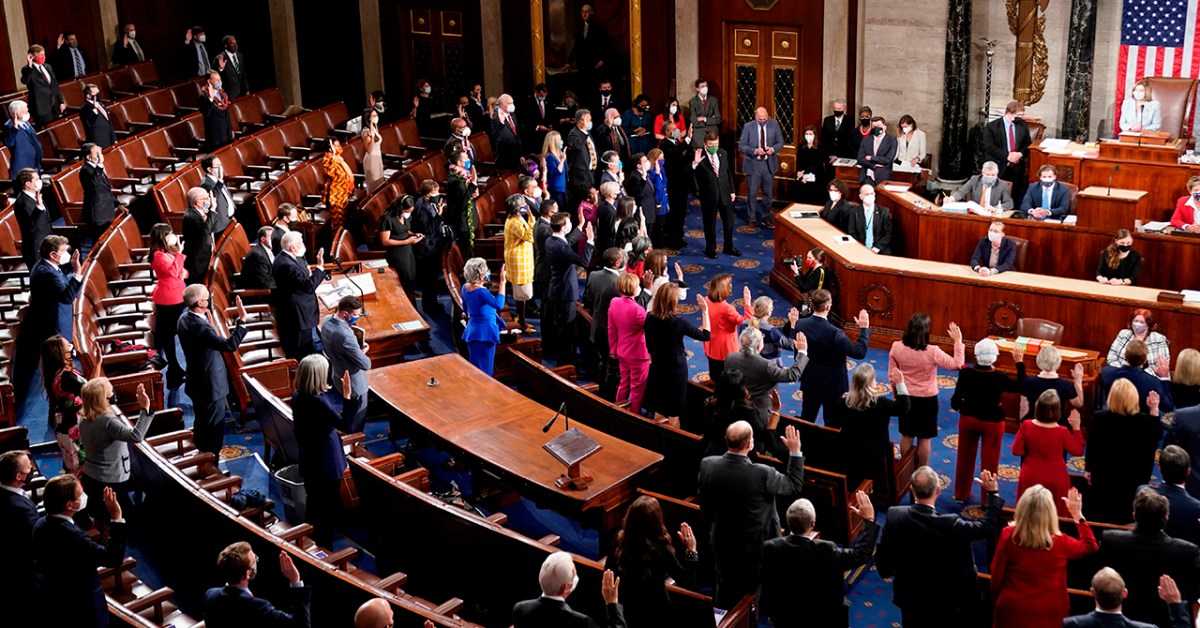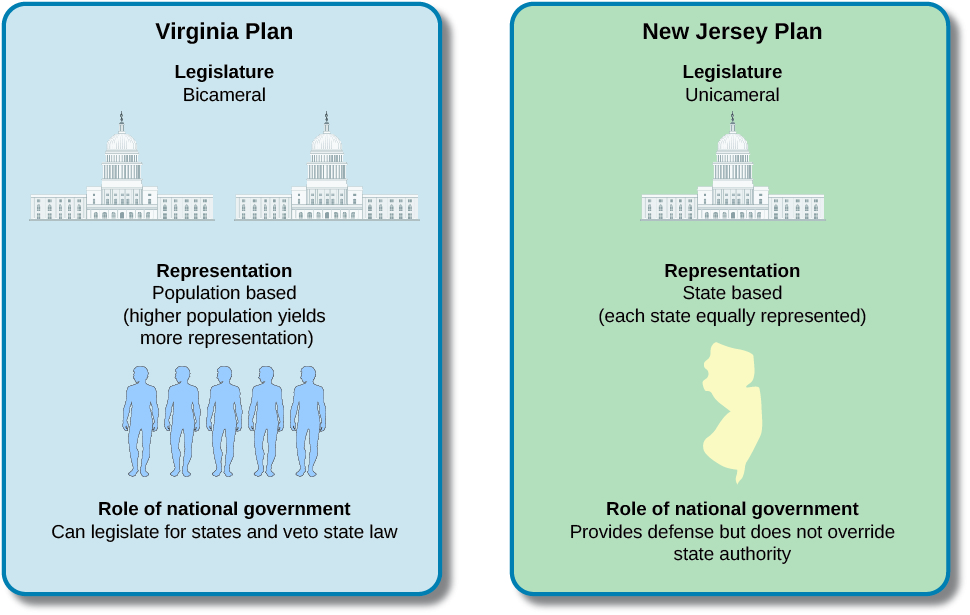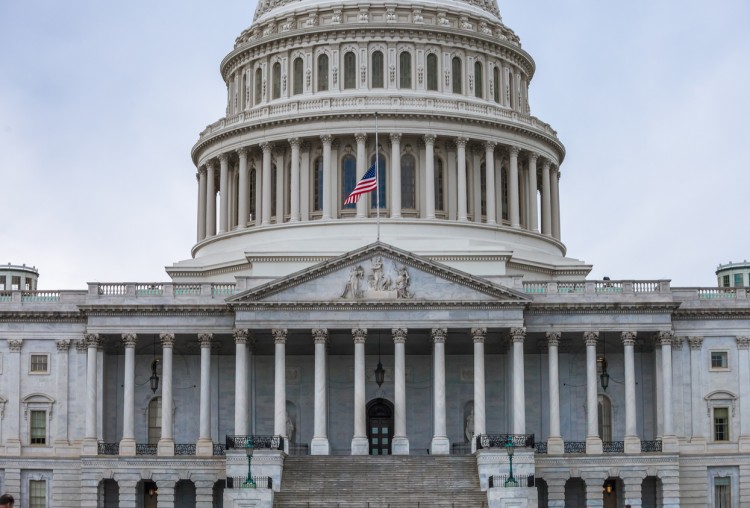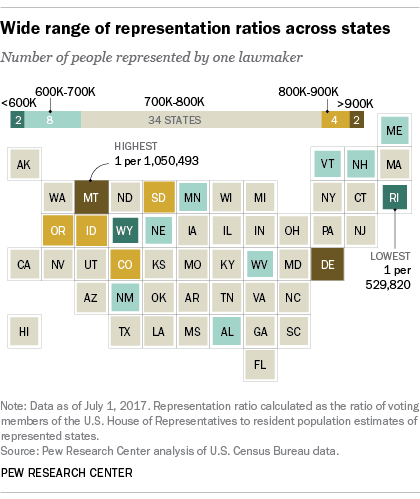Which House Of Congress Has Equal Representation For All States
It included a one-house congress in which states would have equal representation and equal votes. Laws cannot be created by the Congress unless there is a two third majority vote on that law.

The Amazing Apportionment Machine This Or That Questions Activities Warmup
It occurred in 1787.

Which house of congress has equal representation for all states. It had a weak national government it called for 1 house of congress each state would have equal representation congress would have the power to collect taxes on products and stamps as well as to levy fines and collect fines from the states if they refused to pay taxes. All three branches would have. This called for a government similar to the one under the Articles of Confederation.
Article I Section 2. Also created was the House of Representative which is determined by a state. Equal representation in Congress Equal representation in the House of Representatives is key a principle of the Constitution elaborated through the fourteenth.
The two houses are the Senate and the House of Representatives. It retained the bicameral legislature as proposed by Roger Sherman along with proportional representation of the states in the lower house or House of Representatives but required the upper house or Senate to be weighted equally. The Constitution also created an executive branch and a judicial branch which set up a system of checks and balances.
It is bicameral meaning that it is made up of two houses. The leaders of the sparsely populated states wanted a setup like the Senate where they would have power based upon state sovereignty. Each state would be equally represented in the Senate with two delegates while representation in the House of Representatives would be based upon population.
Composition and Function of the House of Representatives. Each state suggested Sherman would send an equal number of representatives to the Senate and one representative to the House for every 30000 residents of the state. The Great Compromise or Connecticut Compromise gives each state equal representation in the Senate while ensuring equal representation per citizen in the House.
It goes all the way back to the original constitutional conventions. The plan proposed by smaller states like New Jersey favored maintaining a one-house Congress in which all states were equally represented. Out of the 34 more than one-third 13 have a disparity between votes and representation of 20 percent or larger and in all but five states the disparity is greater than 10 percent.
Connecticut delegate Roger Sherman is credited with proposing the alternative of a bicameral or two-chambered Congress made up of a Senate and a House of Representatives. 52 rows The US. Congress consists of two houses the House of Representatives and the Senate.
The Connecticut Compromise resulted from a debate among delegates on how each state could have representation in the Congress. Congress could set taxes and regulate trade powers not included in the Articles. The leaders of the more copiously populated.
The Connecticut Compromise was an agreement that large and small states reached during the Constitutional Convention of 1787 that in part defined the legislative structure and representation that each state would have under the United States Constitution. Delegates from the smaller states submitted their own plan. The Great Compromise led to the creation of a two-chambered Congress.
The Virginia or large state plan called for a two-chamber legislature with representation by population in each chamber. These two houses have roughly the same job of interpreting the Constitution and creating laws. So in short the guaranteed perpetual equal representation of all states in the Senate must be considered a permanent feature of our system.
During the debate over equal or proportional state representation in the House several delegates notably James Wilson James Madison and George Mason argued for population as the just basis of. The delegates finally agreed to this Great Compromise which is also known as the Connecticut Compromise.

Constitutions And Contracts Was Another New Contract Really Necessary In 1787 United States Government

Pin On Social Studies Unit Plan

The Development Of The Constitution American Government 2e

The House Of Representatives In Comparison To The Senate Video Khan Academy

Difference Between House And Senate American Government Maryville Online

Bicameral System Definition Legislature Example Britannica

Us Population Is Growing But House Of Representatives Is Stuck At 435 Pew Research Center

Even With Senate Control Democrats Will Need Buy In From Gop On Key Health Priorities Kaiser Health News

A Record Number Of Women Are Serving In The 117th Congress Pew Research Center

Real Purpose Of The Senate To Check The Actions Of The House Legbranch

House Of Representatives Definition Facts History History

The Institutional Design Of Congress American Government

The House The Senate And The Historical Reasons For Un Equal Representation Minnpost
Interpretation Article I Section 2 The National Constitution Center

Political Participation How Do We Choose Our Representatives Through Elections And Voting United States Government




Post a Comment for "Which House Of Congress Has Equal Representation For All States"